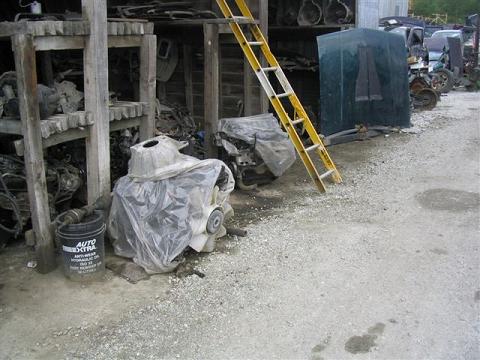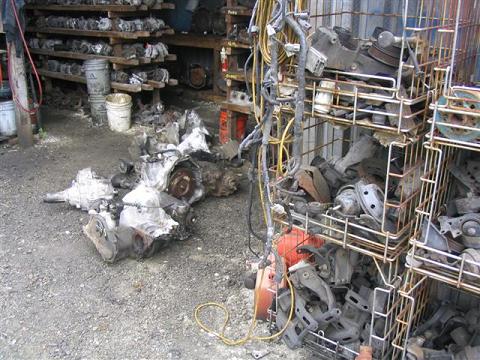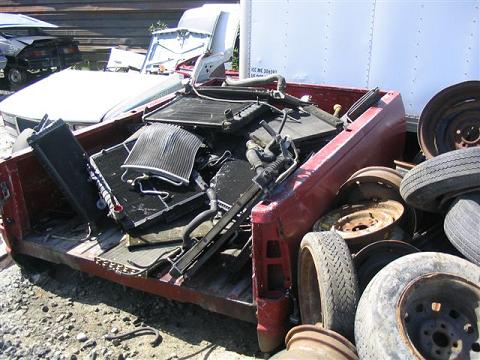Part Storage
Parts Storage Areas - Best Management Practices
Wet Parts (i.e., parts that have had hazardous fluids) are:
- Drained in dismantling area;
- Removed in dismantling area;
- Stored with secondary containment inside a building or under a roof.
Wet parts can be drained and left on the hulk; however, the hulks should be inspected for leaks and spills should be cleaned up immediately.
Dry Parts (i.e., differentials and shock absorbers) can be stored outside if they are not leaking. If they are leaking, then the best management practices for wet parts applies.
Examples of Good practices
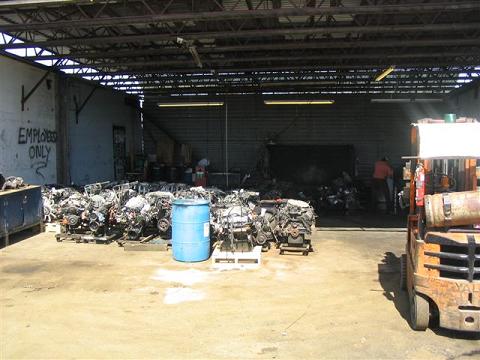
Proper Engine Storage
In this yard, the good engines are stored under cover on a concrete pad. Any spills can be cleaned up with absorbant.

Fluid catching bench
Here is a great example of a parts bench designed to catch all fluids. Cores are broken down and then stored.
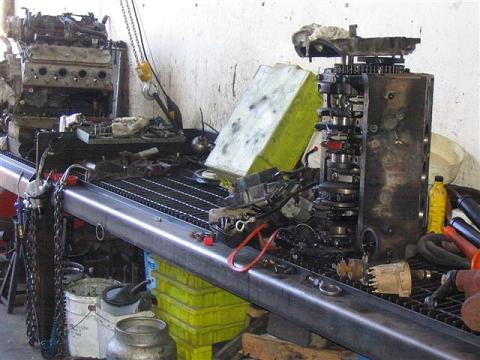

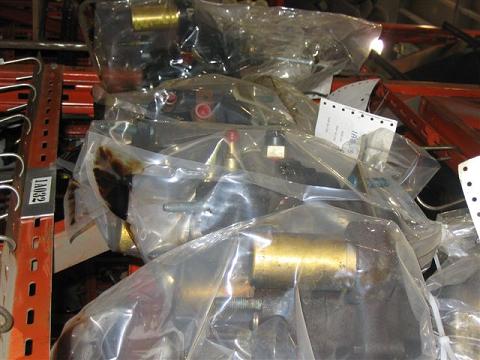
Inventoried in spill proof bags
The parts are inventoried and stored inside until sold

Examples of Bad Practices
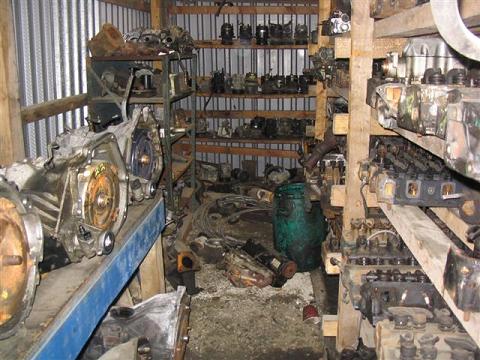
No pad and dangerous clutter
These parts are stored inside. However, there is no concrete floor, the parts are disorganized and the clutter make this yard a dangerous place to work


Stored outside on pallets
In this yard, parts are stored outside.

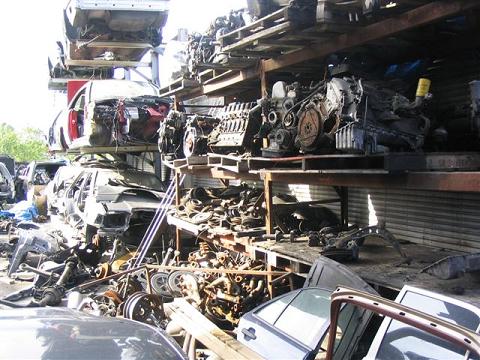
Dangerous Storage
These parts are stored on pallets with no drainage catch, The yard is cluttered and a hazard to work in.

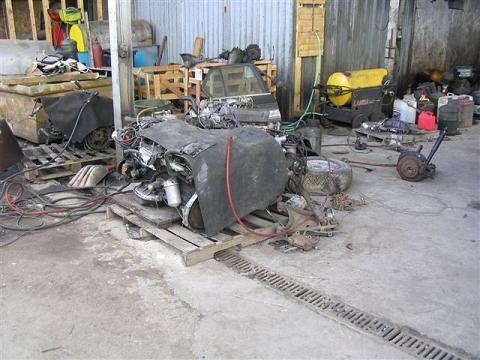
Adjacent to drain
These parts are stored adjacent to the drain. There is no oil/water separator between this drain and the ditch.

